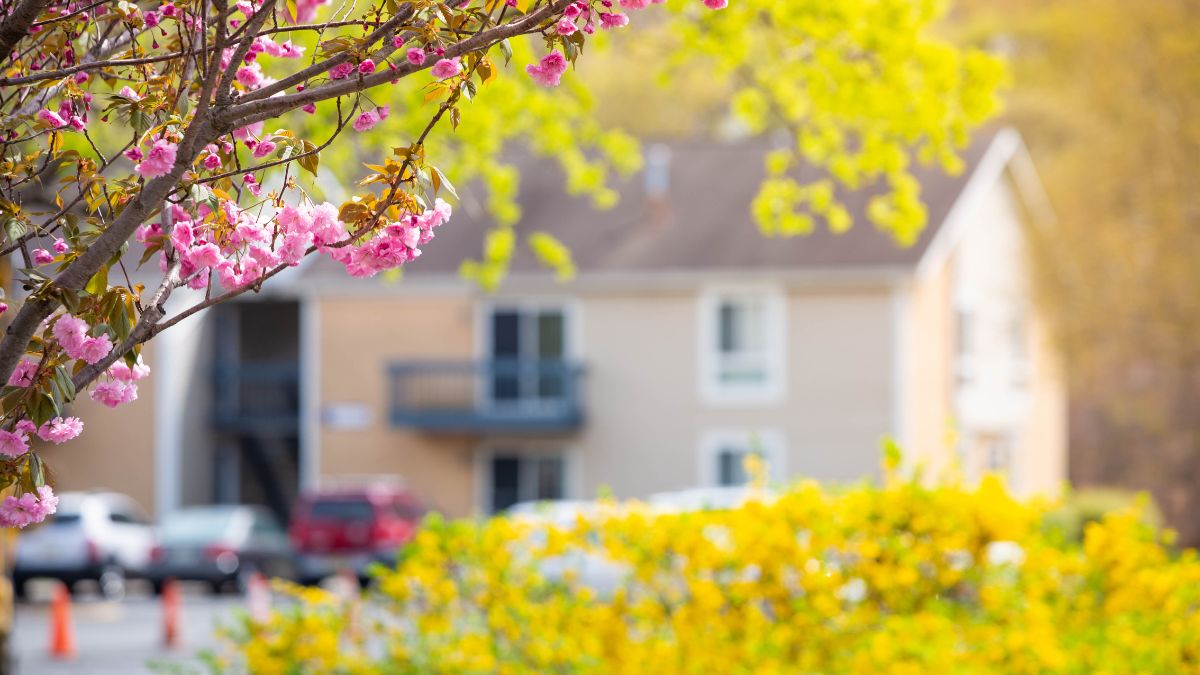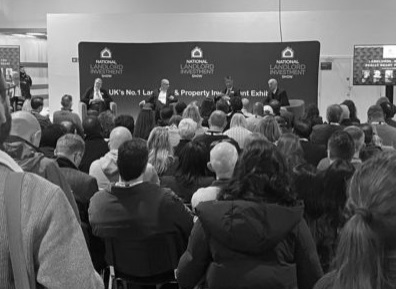As the dark nights draw in, condensation issues start to emerge, bringing with it the possibility of mildew and mould forming in homes across the UK.
When temperatures drop outside, it reduces the temperature of the externals walls of our homes and generates environments favourable to condensation, causing water droplets to form where air does not freely circulate.
This creates damp conditions that allow mildew and mould to thrive, leading to the deterioration in the decorative condition of the property, stained curtains, damaged fabrics, decay in window frames and potentially an unpleasant damp smell within the property.
To help householders deal with the issue, national trade body the Property Care Association (PCA) has put together some quick tips, which can make an immediate impact to reduce the presence of condensation.
James Berry, Deputy Chief Executive of the Property Care Association (PCA), said: “Issues with condensation and mould are usually more apparent in winter as the external air temperature is low.
“Mould is often the first indication that there is an issue with high humidity but condensation can present itself as water running down internal surfaces, leading to staining, peeling decoration and rot.
“Heating rooms to keep them dry is one way to try and avoid mould developing, but this isn’t always an affordable option, especially for anyone struggling to pay their heating bills.
“There are a few easy adjustments to avoid condensation issues in the first place that can help householders ensure their home is healthy space to live in.”
The PCA advice includes:
- Dry clothes outside wherever possible
- Run cold water in the bath before hot (which can reduce steam by 90 per cent). For showers. open the bathroom window a little and keep the bathroom door shut whilst in there, keeping it closed until the steam has gone.
- Clean and service fans and vacuum the dust out of window vents.
- Open windows and exterior doors to allow excess moisture to escape whenever its sensible to do so.
- Put lids on pans and turn the heat down once the water has boiled. This saves energy and reduces water getting into the atmosphere.
James added: “The most effective measure is efficient ventilation, coupled with having a low background heat for as long as you can, which helps to balance interior and exterior temperatures and reduces the likelihood of condensation forming when the heating comes on.
“Short intense bursts of heat in one room aren’t an effective use of energy.
“However, despite taking preventative measures, sometimes condensation issues will still persist, which may indicate a deeper problem.
“In this case we recommend sourcing a specialist surveyor to explore the cause of the problem and provide advice or propose solutions.”
The PCA has a free publication, ‘A homeowners guide to condensation in your property’ available at https://bit.ly/3fXNG4a which contains information to help manage the situation.
We're excited to announce that we're working on building a shiny new website for readers of Landlord Today! As part of this process, commenting on articles will be temporarily disabled. We look forward to sharing our new and improved Landlord Today website with you shortly!



.jpg)



.png)

(1).png)







.jpg)






%20(002).png)




